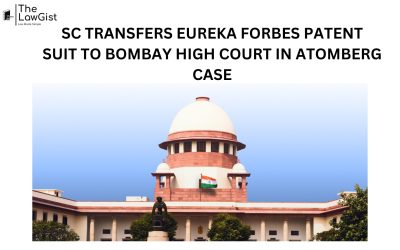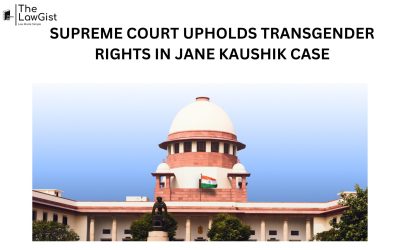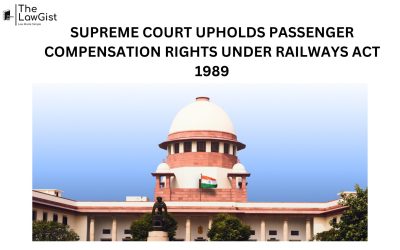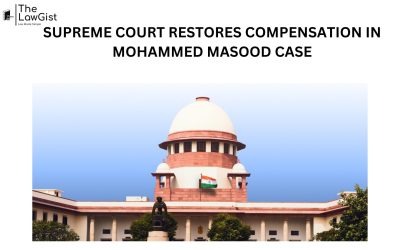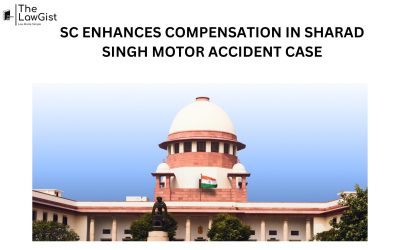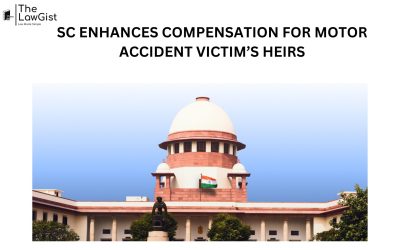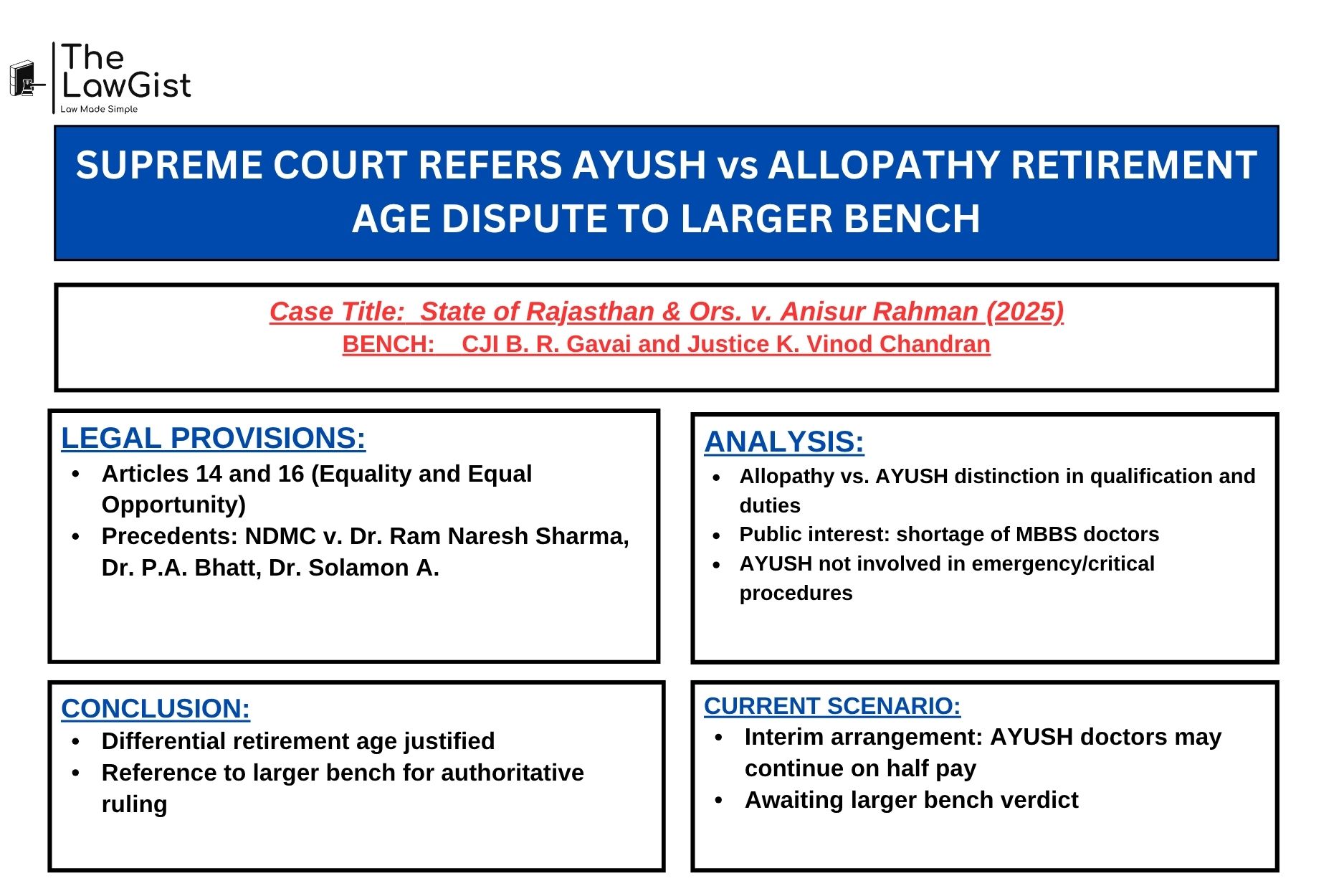
Supreme Court refers AYUSH and Allopathy parity case to larger bench – October 2025.
SUPREME COURT REFERS AYUSH vs ALLOPATHY RETIREMENT AGE DISPUTE TO LARGER BENCH
CASE SUMMARY – The Supreme Court in State of Rajasthan vs. Anisur Rahman (2025) examined whether AYUSH doctors should have the same retirement age and pay scales as allopathic doctors. Citing previous rulings, the bench acknowledged functional differences between the two medical systems. Allopathy doctors perform critical emergency duties and surgeries, unlike AYUSH practitioners. Recognizing conflicting precedents, the Court referred the matter to a larger bench for final resolution. Meanwhile, it allowed states to continue AYUSH doctors post-retirement on half pay, pending the outcome. The case underscores the balance between equality principles and practical distinctions in medical service roles.
| ASPECTS | DETAILS |
| Case Title | State of Rajasthan and Others vs. Anisur Rahman (Special Leave Petition (C) No. 9563 of 2024 & Ors.) |
| Introduction | The case deals with whether doctors practicing allopathy and indigenous medicine (Ayurveda, Homeopathy, Unani, etc.) can be treated equally for service conditions — specifically regarding the retirement age. |
| Factual Background | Several petitions challenged the differential treatment of AYUSH and allopathic doctors in terms of retirement age and pay. Earlier cases like NDMC vs. Dr. Ram Naresh Sharma (2021) and State of Gujarat vs. Dr. P.A. Bhatt (2023) took divergent stands on parity issues. |
| Legal Issues | Can AYUSH doctors be equated with allopathic doctors for purposes such as pay scales and retirement age under Articles 14 and 16 of the Constitution of India? |
| Applicable Law |
|
| Analysis | The Court analyzed differences in qualification, function, and medical duties between AYUSH and allopathy practitioners. It observed that while both systems serve public health, MBBS doctors handle emergency care, surgeries, and critical treatments — justifying different service conditions. |
| Conclusion | The matter was referred to a larger bench due to conflicting judgments. The Court allowed states to continue AYUSH doctors post-superannuation on half pay until a final decision is reached. |
| Current Scenario | Pending decision before a larger bench as of October 17, 2025. States may retain AYUSH doctors temporarily with limited benefits. |
“Equality cannot mean treating unequals as equals.”
SOURCE – SUPREME COURT OF INDIA
READ ALSO – Articles 14 & 16 of the Constitution
Discover insighs on Latin Maxims and Legal Glossary and simplify complex legal terms in seconds.The LawGist ensures exam success with quality Blogs and Articles on — Top Legal Picks (TLP), Current Affairs, latest Supreme Court judgments as Courtroom Chronicles. Backed by trusted resources and videos, The LawGist is every Professionals and Aspirant’s first choice. Discover more at thelawgist.org.


